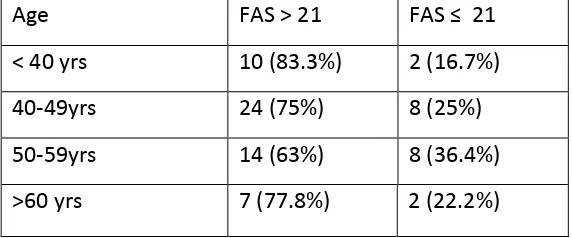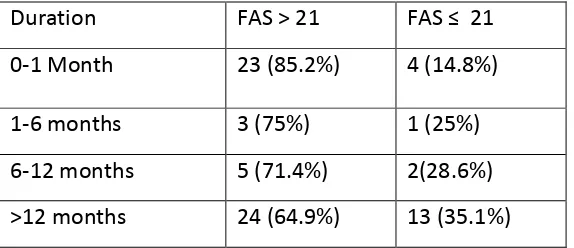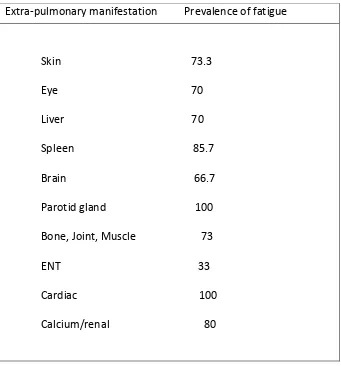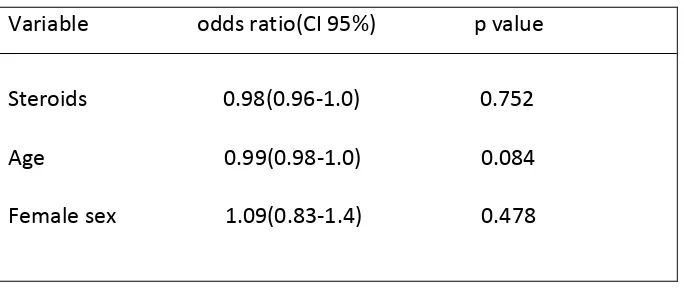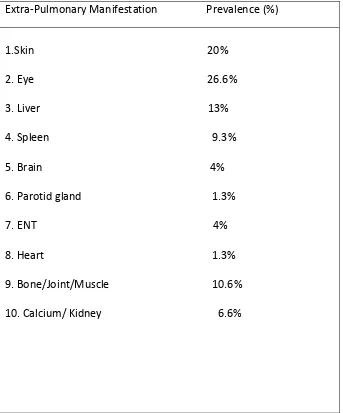Assessment of Fatigue and Other Extra-Pulmonary Manifestations in Patients Diagnosed with Sarcoidosis: A Prospective Observational study in a South Indian Tertiary Care Centre
Full text
Figure

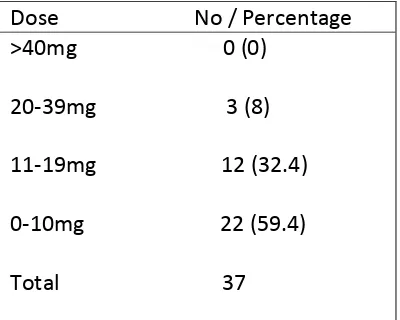
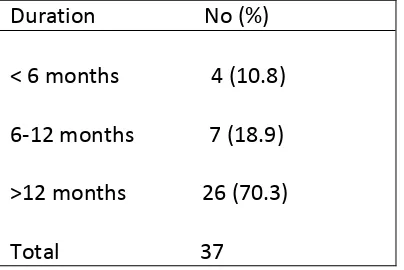
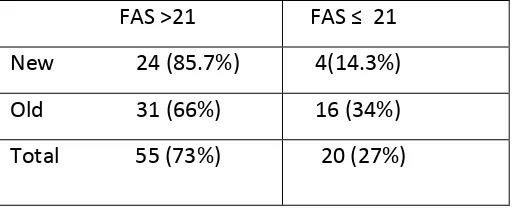
Related documents
In summary, we have presented an infant with jaundice complicating plorie stenosis. The jaundice reflected a marked increase in indirect- reacting bilirubin in the serum. However,
When applied to the luminal surface by addition to the perfusate solution, lubiprostone (1 μ M) had no effect on mucin release (Figure 3A).. Similar to luminal lubipros- tone,
In order to test if well known determinants of diffusion could be associated with the gradient, three items that de- scribed the organisational management and one item that
To evaluate the effectiveness of three wound manage- ment approaches (standard care silver dressings (Acti- coat® and Mepitel® or Mepilex Ag®)) or an autologous skin cell
NK: neurokinin; SP: substance P; FcεRI: high affinity IgE receptor; MRGPRX2: Mas-related G-protein-coupled receptor expressed on human mast cells; TNF: tumor necrosis factor;
Patients with RH were more likely to be men, and to have higher waist circumference, increased blood levels of HbA1c, triglycerides, and serum creatinine, lower blood levels of
The aim of the study was to assess the presence of pathogenic microbes on treatment tables in one outpatient teaching clinic and determine a simple behavioral model for
The prevalence of anxiety, somatization disorder, alcohol abuse and eating disorders was greater in Guasca than Guatavita with a prevalence of 32.5% and 25.7% for an- xiety, 73.8%
